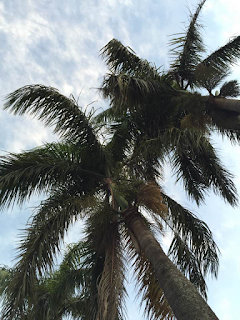The purpose of this blog is to tell you about my life in Bolivia; describe its culture, from my point of view; introduce you to the church of South America; and talk about the writing process, because I am going to try to become a writer while living in Bolivia this year.
Subscribe to:
Post Comments (Atom)
July 8, 2017 - Monte Blanco
Monte Blanco Imagine sitting on a hill, under the blue skies with green farmlands stretched before you, surrounded by the hills of the ...

-
The Indigenous People of Chuquisaca When in Santa Cruz, you experience the vibrant cosmopolitan life centered on commerce. It is as fas...
-
The Chiriguano Statue The Chiriguano is a frightening statue on the rotunda of the Second Ring and the Avenida Grigota, which passing...
-
Legend of Bibosi and Motacú One thing I learned living in Bolivia in the 1980s was the value of friendship. The friends I made her...






No comments:
Post a Comment